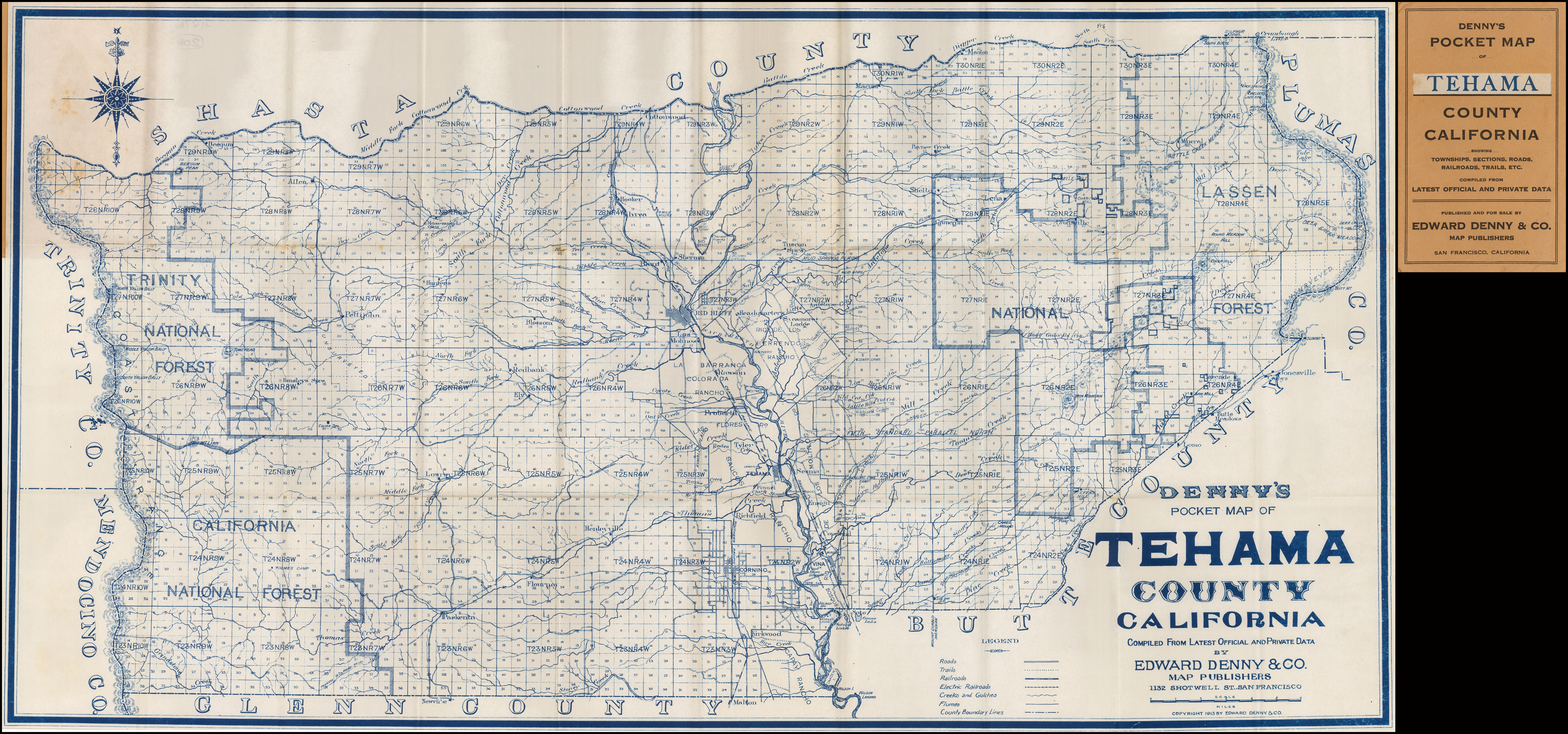

He died in San Francisco in 1958 at the age of 54. 1952.Įdward Camy was born in 1904 in Fresno, CA. We are eager to hear from others with information on the artists and publishers behind these striking images which provide such an entertaining glimpse into our past.Īt right: A Pic-Tour Map of Washington DC. We look forward to hearing about YOUR particular interests in this field and comments on collecting in this area. If you have already, or think you might, fall under the spell of pictorial maps, sign up for my pictorial maps listing (a brief catalog of newly catalogued pictorial maps, and other information on pictorial maps emailed on an occasional basis). Listed below are examples of the work of some of the designers of these pictorial maps: email us if you would like to be informed when a particular one is available for sale. So as we acquire these artifacts of popular culture, we endeavour to gather material about their origins. However, surprisingly little is recorded about many of these illustrators. Wyeth, Miguel Covarrubias, Jo Mora, Ruth Taylor White, Ernest Dudley Chase and John Held produced pictorial maps in this period, with much excellent work being produced by lesser known or now unknown artists. Copies of the Journal can be purchased from the IMCOS website at In the United States, such well known names as N.C. In this article, she discusses influences behind the creation of the Wonderground Map and its innovative features, and provides illustrations of "wonder maps" from around the world. Over time we have collected many other maps from the 1920s and 30s which showed a clear debt to Gill’s map, and have thought of them under the umbrella “wonder maps.”Įlisabeth's article exploring this genre "MacDonald Gill: The Wonderground Map of 1913 and Its Influence" appeared in the Spring 2009 issue of the Journal of the International Map Collectors Society.

Indeed, even if produced in relatively large quantity (often given away free, some with instructions to “pin on the wall”), many of these maps are now quite scarce because of their ephemeral function.įrom our experience collecting 20th century pictorial maps, MacDonald Gill’s Wonderground Map of London Town (1913) stands out as pivotal in this resurgence: during a rather pedestrian period of map publication it is an outstanding graphic, an oversized explosion of color and humor, harnessed to the goal of publicising a burgeoning popular transportation system. In the late nineteenth century they were widely employed to chronicle the development of American cities.īoth these areas of cartography experienced a resurgence in the first half of the twentieth century, but 20th century pictorial maps have until recently received little attention.

As maps were increasingly used to convey “just the facts” in the 18th and 19th centuries, the use of decorative features in maps became less common.īird's eye view maps are a complementary technique featured in early geographies and histories, such as the Nuremberg Chronicle. In early European mapmaking, pictorial elements (pictographs), such as castles, sailing ships and animals, often appear. The history of pictorial maps extends to the earliest days of cartography.


 0 kommentar(er)
0 kommentar(er)
